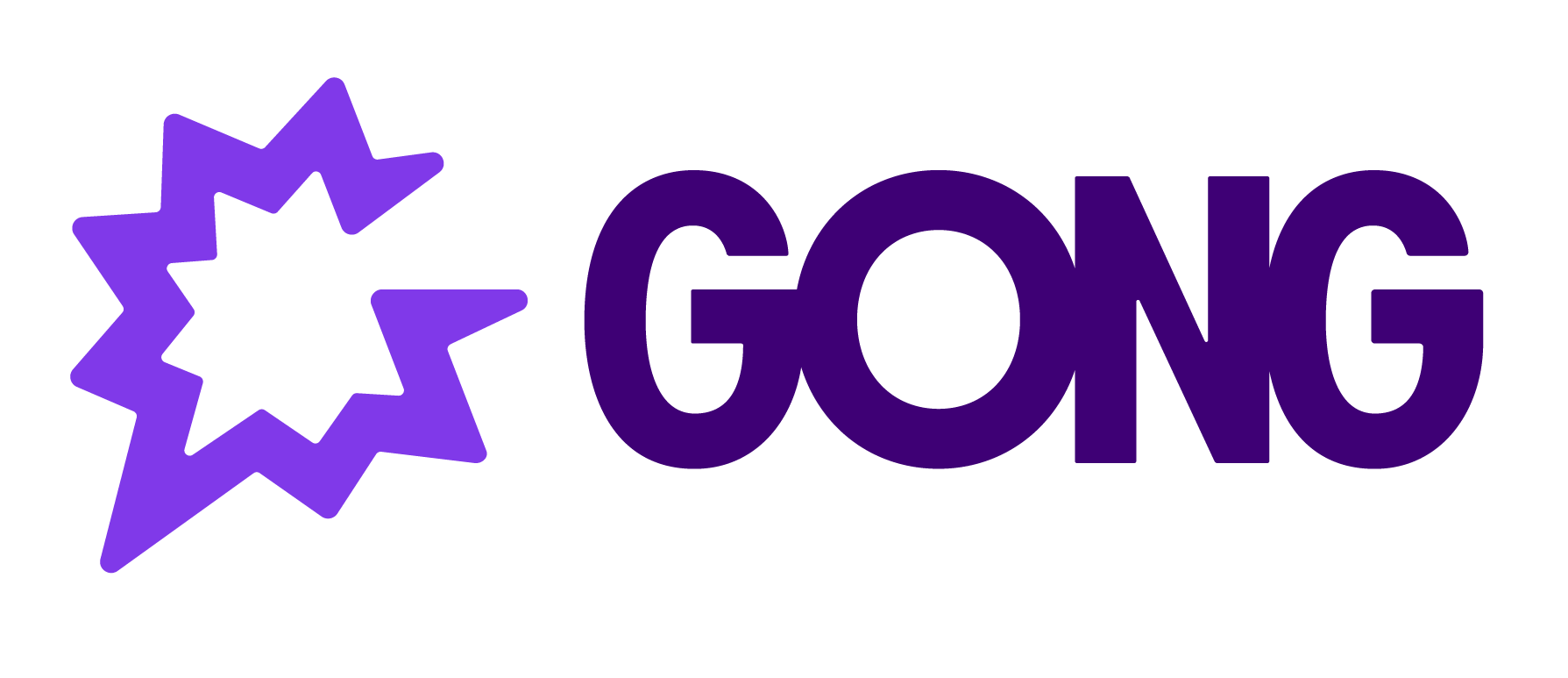Let’s skip all the consultants, books, expert talks, thought leadership pieces, etc., and give you the one piece of knowledge you need to have the biggest impact on your coaching.
Right here, right now:
Focus your coaching efforts on the middle of your team.
Who’s the middle? Picture a bell curve. On it are your low performers, average performers, and high performers. The middle performers in your pack influence about 60% of your team’s deal’s. High- and low-performers each influence another 20%. In every sales org, the majority of the sales reps perform in the middle. Even finance sets goals assuming this bell curve. And if every sales organization is designed to have this problem, we should do something to solve it.
If you can influence that middle of your pack, even just a bit, you’ll drastically improve your overall team numbers (and make you a known entity at your org, in the best way). Plus, you’ll create more reliable performers out of the bulk of your team.
The fact is, the return on coaching high performers is minimal. (You should still do it, because high performers want to be challenged. Plus, small tweaks can provide a real boost to revenue at their level.) And your low performers? It’s going to take a lot of work to move them up to average, let alone above average. The ROI simply isn’t there, and you should invest your energy elsewhere. (In fact, these folks may be in the wrong role altogether.)
Unfortunately, frontline leaders tend to focus on the high and low ends of their teams. If you change your mindset and zero in on your average performers, it’ll be career-changing (for you and them).
Studies have shown that when you focus on coaching the middle of the pack toward attainment, you get sales increases of up to 19%. It’s worth reading that line again… we’ll wait.
How much additional revenue would that be for your team? What’s an extra 5% … 10% … 15% or more? Whatever it is, we guarantee it’s worth focusing your coaching efforts for. It’s probably the equivalent of most or all of an additional rep. In other words, you’ll be able to afford a whole extra deal maker on your team for doing nothing other than focusing your coaching on the middle.
Want a few more specifics on how to do that? Read on…
Some sales leaders have used a couple of their top reps to help coach the rest of the team. It’s an interesting strategy, but one you should avoid. Why? Because those top reps’ sales will drop if their focus is elsewhere, so even with their coaching and improved rates from the rest of the team, you won’t see the overall boost you’re looking for.
Instead, you need to improve your coaching and allow reps to self- and peer-coach. When they self-coach, they learn best practices from your top performers’ calls without pulling them away from sales. They do that using curated, best-practice calls from across the sales cycle. That way, your reps can carry some of the responsibility for their improvement. It shouldn’t all rest on you.
For your part, you should spend the majority (up to 75%) of your coaching time on the middle of your pack. It’s a big chunk of time, but it will bring you big results.
And how will managers know what to focus on given that every middle-of-the-pack rep is different?
You start by looking at your data and call insights to set priorities. (This is the point where you breathe a sigh of relief that you have Gong.) Then watch the KPIs you’re coaching on (discovery questions, objection handling, multi-threading, etc.) for individuals as well as for the team, as both should improve. You’ll know exactly where to focus in 1:1s and team call review meetings.
If companies want to know whether their front line managers stick to these guidelines and coach where they’ll have the most ROI, visibility into coaching habits is critical. Again, Gong makes that possible. Coaches also find it helpful to see stats on their coaching habits. You can create transparency for the entire process, from frontline calls and skills improvements to the coaching itself. And all of this adds up to a major boost to your team, particularly the middle of the pack.
If you move half or even three-quarters of your middle reps by up to 19% over the next six months. Well. We’ll drink a toast to you, that’s for sure.
